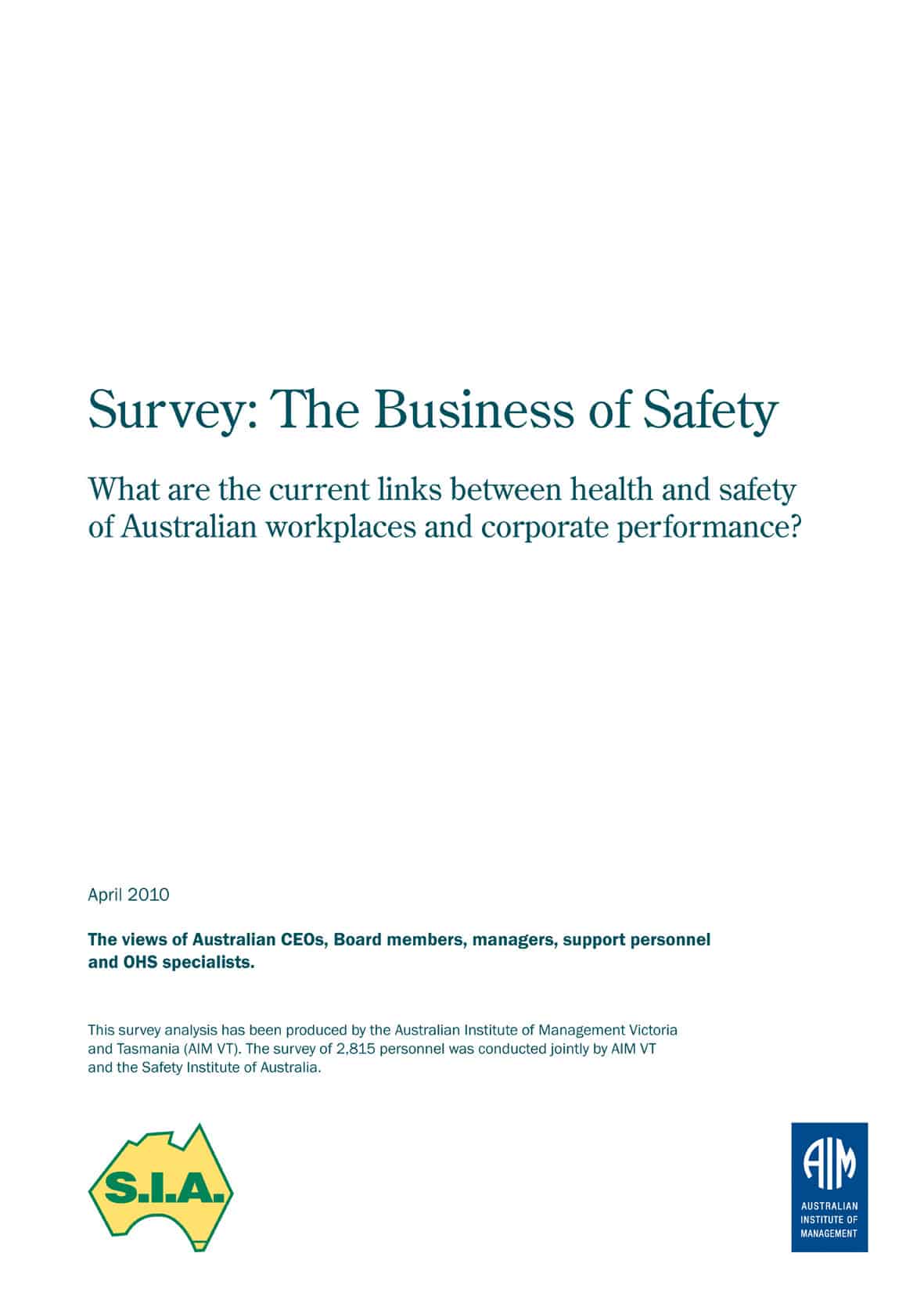If safety culture is set and developed by leaders, what does it mean when a Prime Minister launches a scheme that places the creation of jobs over the need for worker safety?
Two days before International Workers’ Memorial Day, the Australian Broadcasting Corporation’s Four Corners program analyses the failed insulation scheme initiated by the Australian Government in 2009.
According to the Four Corners website:
“Four Corners takes a forensic look at a chain of events that began with so many good intentions but ended in death and political humiliation. What exactly were the warnings given to the Department of Environment and the Minister Peter Garrett? Why did senior officials inside the Department reject safety concerns, preferring to play up the job creation aspects of the program?”
An audio preview of the Four Corners is available online. In that interview a whistleblower from the Department of the Environment states that
“..we were told that safety was of less importance than job creation.” Continue reading “If safety culture begins at the top, what message is the Australian Government sending on insulation installer deaths?”

